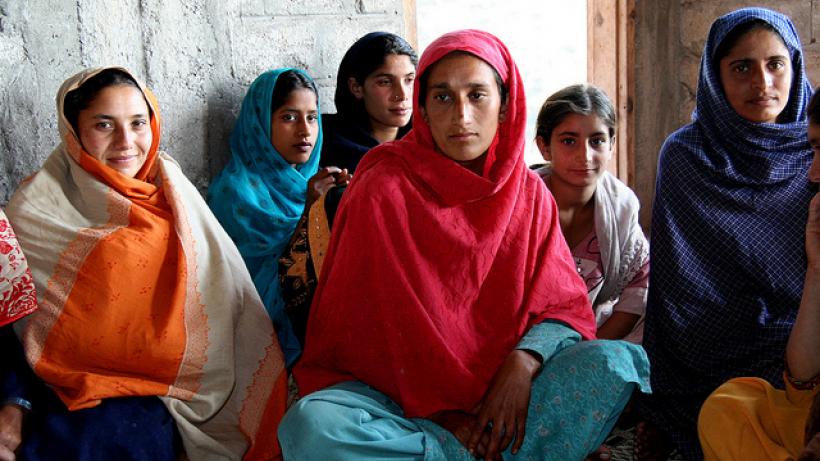
Overcoming barriers to women’s mobility in Pakistan
Expanding transport networks, scheduling services, providing reliable transport in peri-urban areas, improving the design of women’s-only services, educating drivers and conductors on sexual harassment, and improving public safety improve mobility.
Social norms against women coming into close contact with unrelated men, and the discomfort, social stigma, and fear of harassment when they do so, limits women’s movement and their use of public transport. This constrains their choices to participate in the labour force, continue their education, or engage in other independent activities.
The government has attempted to address women’s concerns through transport policy by introducing separate sections in buses and running women-only buses. However, challenges remain for women’s safety and comfort on public transport in Pakistan.
Barriers to mobility
In a survey conducted by the Center for Economic Research in Pakistan (CERP) of 1,000 households across Lahore, 70% of male respondents said they would discourage female family members from taking public wagon services (Figure 1). These are families who would accept their female family members traveling if they have access to a safe women’s-only space.
Although separate women’s compartments in buses have facilitated women’s travel, many women lack access to such bus services, which discourages them from traveling. Existing women-only services (three Pink Bus routes in Lahore) benefit their users substantially but serve a tiny fraction of women due to very limited geographic coverage, restricted timings and lack of publicity.
Women also face distinct challenges from men when accessing public transport. They experience threats to their safety while walking to public transport, waiting at stops and while traveling on vehicles. A Center for Economic Research in Pakistan (CERP) pilot survey in Lahore showed that nearly 30% of respondents also found it “unsafe” for women to walk in their neighbourhood.
What can be done?
- Continue the expansion of public transport networks. Emphasise high quality services with lower crowding.
- Fix and publicise a schedule for all services and work with operators to maintain consistent schedules. In addition to improving the convenience and value of the system for all passengers, this will reduce waiting times, which is when women often feel unsafe and are subject to harassment.
- Work with existing informal operators in peri-urban areas to provide reliable, low frequency transport on a well-publicised timetable. These areas have limited public transport coverage, but informal operators provide some services for local residents.
- If women’s-only services are used, increase value for money by improving service design. Use small vehicles that fill up quickly and are able to cover their costs. Run them on routes where there is crowding in vehicles and no large bus with a separate section, as these are areas where women face the biggest challenges.
- Train drivers and conductors on sexual harassment. The training should include the standards expected of them, as well as how to deal with passenger-on-passenger harassment. The government and operators must monitor staff and hold them accountable for meeting these expectations.
- Build sidewalks, improve street lighting, and provide police surveillance close to public transport routes and stops. Public transport alone is not enough. Women need to feel and be safe in public spaces, and getting to and from stops.
This column first appeared on the Consortium for Development Policy Research (CDPR) website, the full version can be found here and a shorter version here.

